 |
Picks is a monthly sampling of Japan's art scene, offering commentary by a variety of reviewers about exhibitions at museums and galleries in recent weeks, with an emphasis on contemporary art by young artists. |
 |
 |
|
|
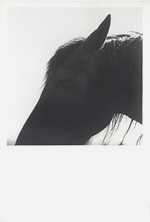 |
 |
|
| Masako Tomiya: Tsugaru |
| 2 - 25 May 2014 |
POST
(Tokyo) |
 |
| This show featured 17 new and old works by photographer Tomiya in tandem with the publication of her first collection, Tsugaru. The images eloquently embody what she calls "the unique stillness of the land called Tsugaru." The new works testify to a dramatic expansion of her expressive palette over the past few years. |
|
|
 |
 |
 |
|
| Osamu Yokonami: 1000 Children |
| 25 April - 30 May 2014 |
Emon Photo Gallery
(Tokyo) |
 |
| Photographer Yokonami says this series grew out of the awe he experienced upon viewing the 1,000 statues of the thousand-armed deity Kannon at Kyoto's Sanjusangendo temple. His subjects are 1,000 young children right at the age when their egos are forming. Unfortunately, Yokonami's decorous portraits lack the magical, eerie, even ominous atmosphere one encounters in close proximity to the Kannon statues. |
|
|

|
 |
 |
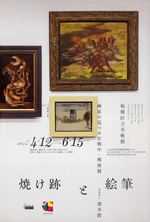 |
 |
| Burnt Ruins and Paint Brushes: War and Post-War through the Eyes of Artists |
| 12 April - 15 June 2014 |
Itabashi Art Museum
(Tokyo) |
 |
| The title notwithstanding, there was little to distinguish between the wartime and postwar paintings in this show: they all seemed uniformly dark. Most eye-catching were the works, full of buzzing commotion, by postwar female artists like Hideko Fukushima, Hideko Urushibara, and Yayoi Kusama. Also of note, the message-y social commentary in paintings by Hiroshi Nakamura and Ryosaku Takayama. |
|
|
 |
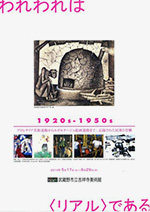 |
 |
| We Are Real: 1920s-1950s from Proletariat Art to Reportage |
|
|
Kichijoji Art Museum
(Tokyo)
|
 |
| An omnibus show of prewar art, battle paintings, manga, and magazines. Leaving the strongest impressions were the home-front art of Keiichi Suyama and Teiko Kobatake, and the reportage art of Hiroshi Nakamura, Tatsuo Ikeda, and Hiroshi Katsuragawa, whose paintings meet the test of originality and artistry beyond their messages. |
|
|
|
|
|
|
|

|
 |
 |
|
 |
 |
| Isamu Sakamoto: Now, I am headed for Tianzhu!! |
| 12 - 29 May 2014 |
Guardian Garden
(Tokyo) |
 |
| Sakamoto's snapshot style is rich, thick, and deep. The volume and speed of the energy bursting out of his pictures only seem to grow with each show. If he keeps it up, his style could well spawn a new "school" of photography. |
|

|
 |
 |
 |
 |
|
| AAA30s: "Residence Makes Scene" |
| 25 May - 1 June 2014 |
Galerie hu
(Aichi) |
 |
| A new kind of architecture show, this one displayed captionless models and photos of works by nine architects or architect units in their thirties -- hence the group acronym, which stands for "30s Architects Around Aichi." Advancing the thesis that individual residences create a shared "scenery," the exhibition spoke to Japan's distinctive housing environment, articulating something in common with Kengo Kuma's "from paddock to karaoke" argument that architects today seem unable to take the next step beyond houses. |
|
|
 |
|
|
|
|
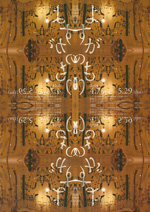 |
 |
| Sawako Tanizawa: Yosuga-no-Mori |
| 7 April - 29 May 2014 |
Shinrin Shokudo
(Kyoto) |
 |
| Tanizawa says that since the March 2011 earthquake, she has been motivated by her experiences in the immediate aftermath of the disaster to address the theme of "liberation of imagination and delusion" in her works. Composed of ornamental patterns and motifs of wild animals and luxuriant vegetation, her installations are expressive and elegant from every angle: front and back, foreground and background, interior and exterior. |
|
 |
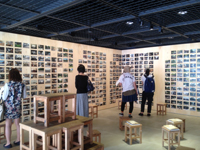 |
 |
| Kumiko Inui + Tokyo University of the Arts Inui Lab: little spaces |
| 18 April - 21 June 2014 |
Toto Gallery MA
(Tokyo) |
 |
| For the past year or so architect Inui and her students at Tokyo University of the Arts have been taking and classifying a prodigious quantity of photos of city and country scenes, formulating an architectural, urban-planning-inspired analysis of these "little spaces." Neither a showcase for famous structures nor for Inui's own work, the format of this exhibition is unique and unprecedented. |
|
|
|
|
 |
|